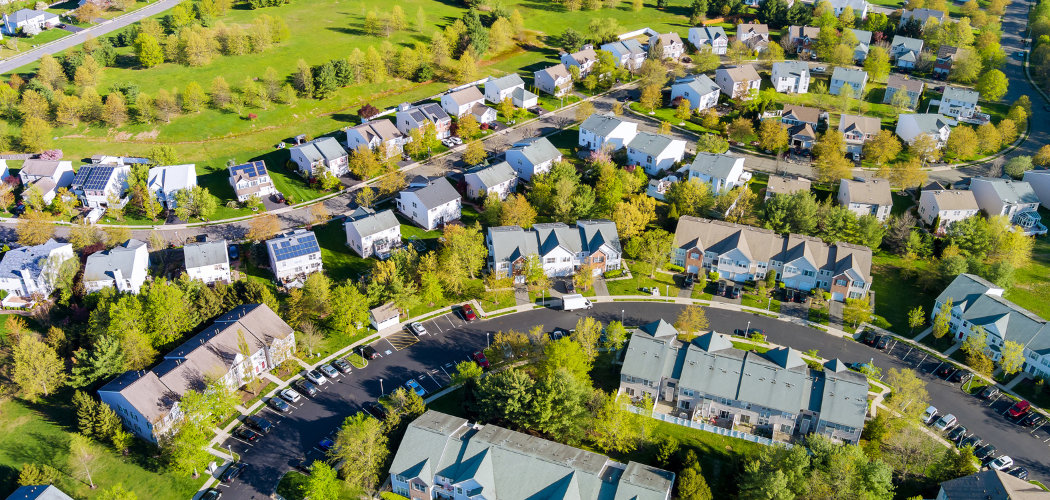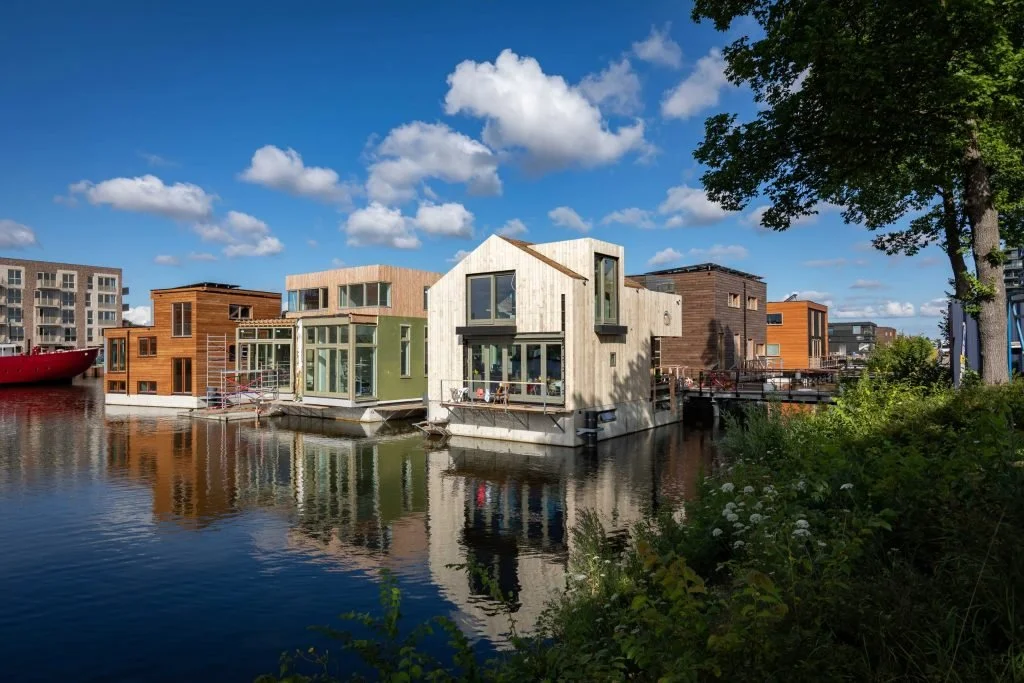How to Make Your Neighbourhood More Eco-Friendly
If you follow Petit Architect on Instagram you might remember that in May we travelled to Pemberton to teach at a school there. While there, we wanted to explore and check out the town a little and noticed a new neighbourhood being built. This would have been an awesome opportunity for an eco-friendly neighbourhood but to our disappointment it was the very opposite.
What is an eco-friendly neighbourhood?
An eco-neighbourhood is an environmentally friendly, sustainable, and healthy neighbourhood. The idea is to protect the environment and resources while also creating a livable community. We also don’t want to consume more resources than what it generates. The main goals besides being kind to our environment are to grow our population, grow our economy, improve health conditions, and eliminate poverty.
The biggest issues in non-environmentally friendly neighbourhoods are over-consumption, negative technology, and poor population growth. In fact, we want to live WITH our natural environment, not OVER it.
What can we do?
Integrate community spaces into our neighbourhoods. This includes more than just community centers. Community gardens are a great idea and you can even add a community compost area to help with recycling and plant growing! Parks are also a given in these communities. Dog parks, playgrounds, walking trails, there’s a ton of options to encourage us all to spend a little more time outside. The more green space the better!
Walkability is another important factor in sustainable neighbourhoods. We all know cars aren’t great for our environment so encouraging walking is a must! Imagine being able to walk 10 mins to get the few grocery items you’re missing instead of driving? Or even a quick walk to eat at a cosy restaurant when you don’t feel like cooking. Having schools close by would also mean less use for cars and even buses. The more commercial places within walking distance the better!
Speaking of walking, better access to walking and bike paths are a must! Blocking off access to cars in some streets allows us to walk safely and even use that space as a common area. Think of in the summertime how some restaurants use a section of the street for their outside dinning area.
Row houses and other mid-density buildings are preferred for these types of neighbourhoods. If you think of the lots in Vancouver currently, you’ll notice that there’s only a couple of meters in between each house. Instead of wasting that space, row houses could be used to give us more living space. Plus they’re better for insulation, saving you a little bit of heating in the winter. Research shows that mid-density offers more of a communal way of living (as opposed to towers for example), while avoiding urban sprawl caused by the single family homes model.
Use electricity as the main source of heating and cooling in our homes. The electric grid is becoming greener everywhere and all need to forget about gas and embrace the electricity all the way into our homes and transportation modes.
These are all big ideas, and not doable for the average person. Which leads us to:
What can YOU do to make your neighbourhood greener and friendlier?
Pick up trash when you see it littered around.
Start your own garden, or community garden.
Join a carpool or coop.
Support your local bulk refill shop and other local businesses.
Consider starting an eco committee in your neighbourhood.
Start a local little free library for books, seeds, tools, and more! Sharing is caring and helps reduce our carbon footprint as people are buying less.
Start a neighbourhood group chat. You will get to meet your neighbours for more group actions and donations (hand me downs)!
Adopt a street and plant a bee garden on your sidewalk.
Help seniors with their recycle items and offer to drive to the recycle centre.
If you live in Vancouver, you can apply to a Greenest City Neighbourhood Small Grant and receive up to $500 for your project!
Examples
Wesbrook Place in Vancouver
Zibi in Ottawa
Schoonship in Amsterdam
Together, we need to advocate for better communities for ourselves and the generations to come. If nobody speaks up, nothing will change. Here’s to hoping we see more of these eco neighbourhoods in the near future!






